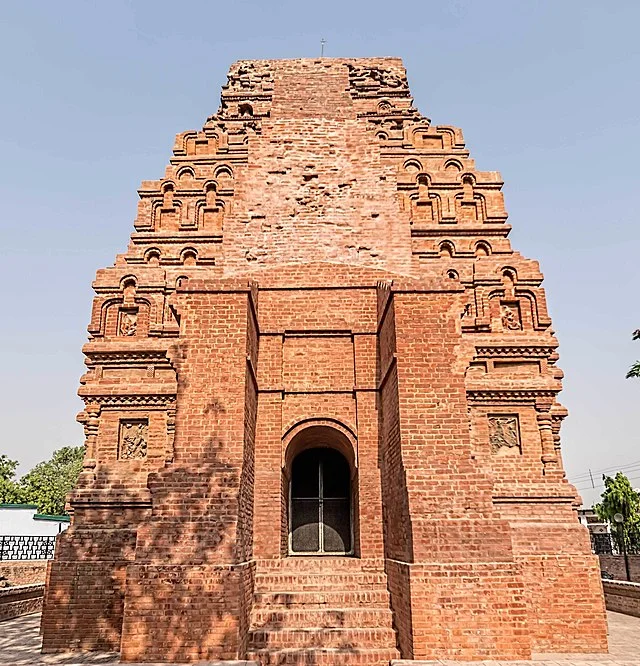The Bhitargaon Temple is a significant archaeological site located in the Kanpur district of Uttar Pradesh, India. This ancient Hindu temple dates back to the Gupta period, specifically around the 5th century AD. It is one of the most important and well-preserved temples from this era.
Get your dose of History via Email
Architecture and Structure
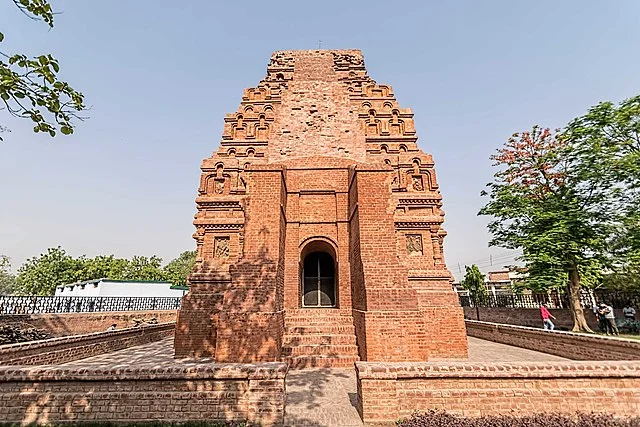
The Bhitargaon Temple features a distinct architectural style typical of the Gupta period. It is made of brick, unlike many other temples from the time that were built using stone. The temple is an example of a simple, yet refined, design that highlights the elegance of Gupta-era architecture.
The temple is a small, single-room structure with a flat-roofed sanctuary, which was later covered with a shikhara, a spire characteristic of later Indian temples. The sanctum houses a sculpture of Lord Vishnu, though the temple’s original purpose is still debated.
Significance of the Temple
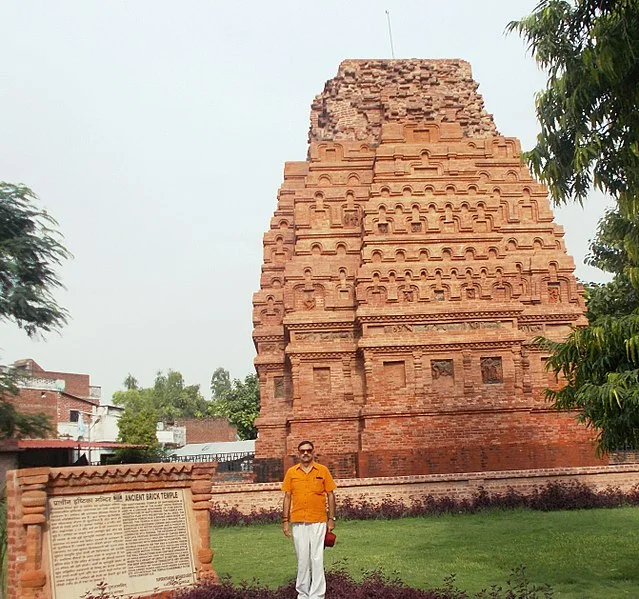
The Bhitargaon Temple holds historical importance for its design and construction. The temple’s brickwork is unique, displaying a level of craftsmanship that was advanced for its time. The structure’s preservation, particularly its decorative elements, provides valuable insights into the architectural and artistic achievements of the Gupta period.
One of the most notable features of the temple is the intricately carved doorway. This doorway is adorned with beautiful sculptures depicting Hindu deities and mythological scenes. The reliefs demonstrate the advanced skills of artisans and offer a glimpse into the religious practices of the time.
Religious Context
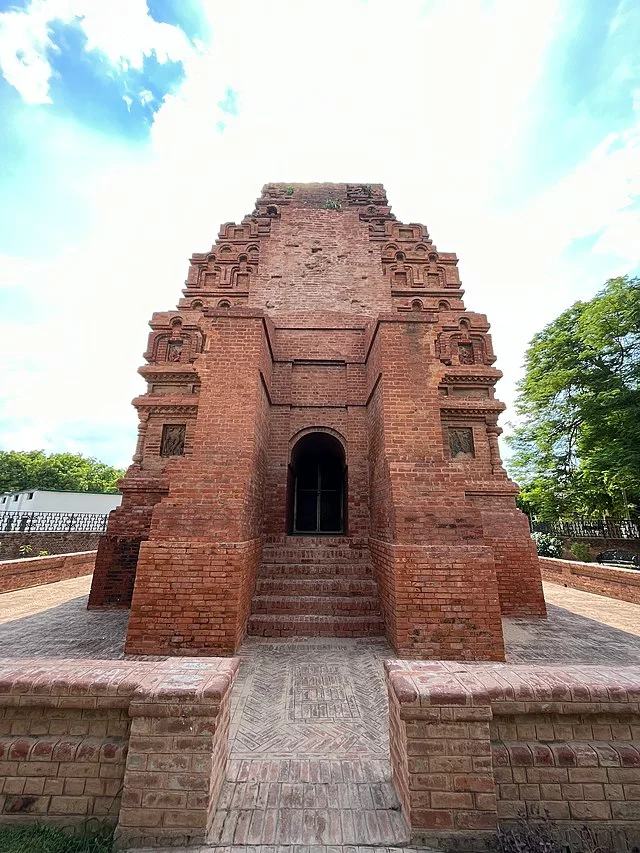
The Bhitargaon Temple is dedicated to the Hindu god Vishnu, one of the principal deities of the Indian pantheon. The temple likely served as a place of worship and community gatherings. The artwork and iconography suggest that the temple was a center for religious life during the Gupta period, a time when Hinduism saw significant development.
The Gupta period is often referred to as the “Golden Age” of India due to its advancements in science, art, and religion. Temples like Bhitargaon play a key role in understanding the religious practices and artistic achievements of this era.
Preservation and Modern Day
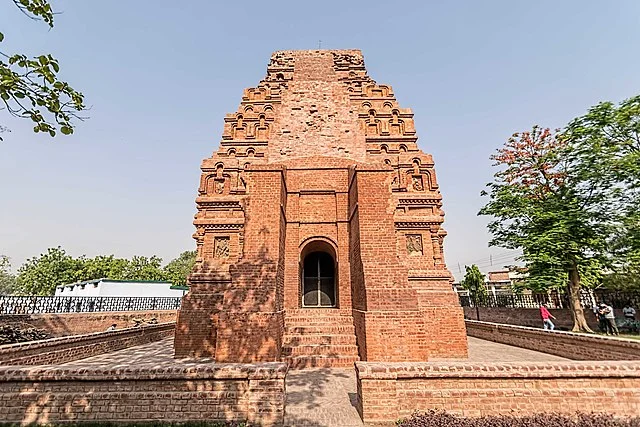
Today, the Bhitargaon Temple stands as one of the best-preserved examples of Gupta-era architecture. Archaeologists and historians continue to study the temple, as it provides crucial evidence of the period’s cultural and religious practices. The temple is now a protected archaeological site, drawing researchers and visitors alike.
In conclusion, the Bhitargaon Temple offers a significant glimpse into the religious and architectural life of the Gupta period. Its preservation allows us to understand the artistic and spiritual values that flourished during one of India’s most important historical eras.
Source:

